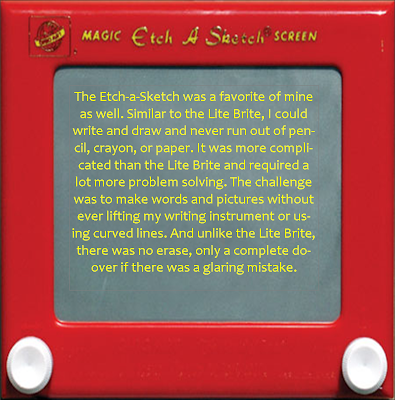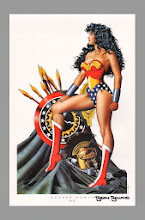For example, I was in a design class at the University of North Texas and our first written project was due (we were using both text and images). A couple of students turned in their projects early, and instead of being praised for being on top of their work and assignments, they were criticized in front of the class because of a lack of creativity since they turned in their tidy work in a binder. After this display, the rest of us turning things in on time were expected to create something in which to submit our work-- ordinary binders were unacceptable. An hour and a half later, I finished sewing a red plaid notebook, complete with strap and buckle. Our teacher was a lunatic, and did not have her contract renewed after the following semester, but she was correct about the "packaging" of our products/projects. My point is: if this kind of creativity is expected in college courses, it is demanded in the design field.
There are certainly issues to consider as far as how we view the computer as a writing space. However, with texts and images in a society that makes the most of our sense of sight, I find that words and pictures are the yin and yang of our method of communication, whether on a computer screen or in print.
 (image from: mor.phe.us/writings/Yin-Yang.html)
(image from: mor.phe.us/writings/Yin-Yang.html)












